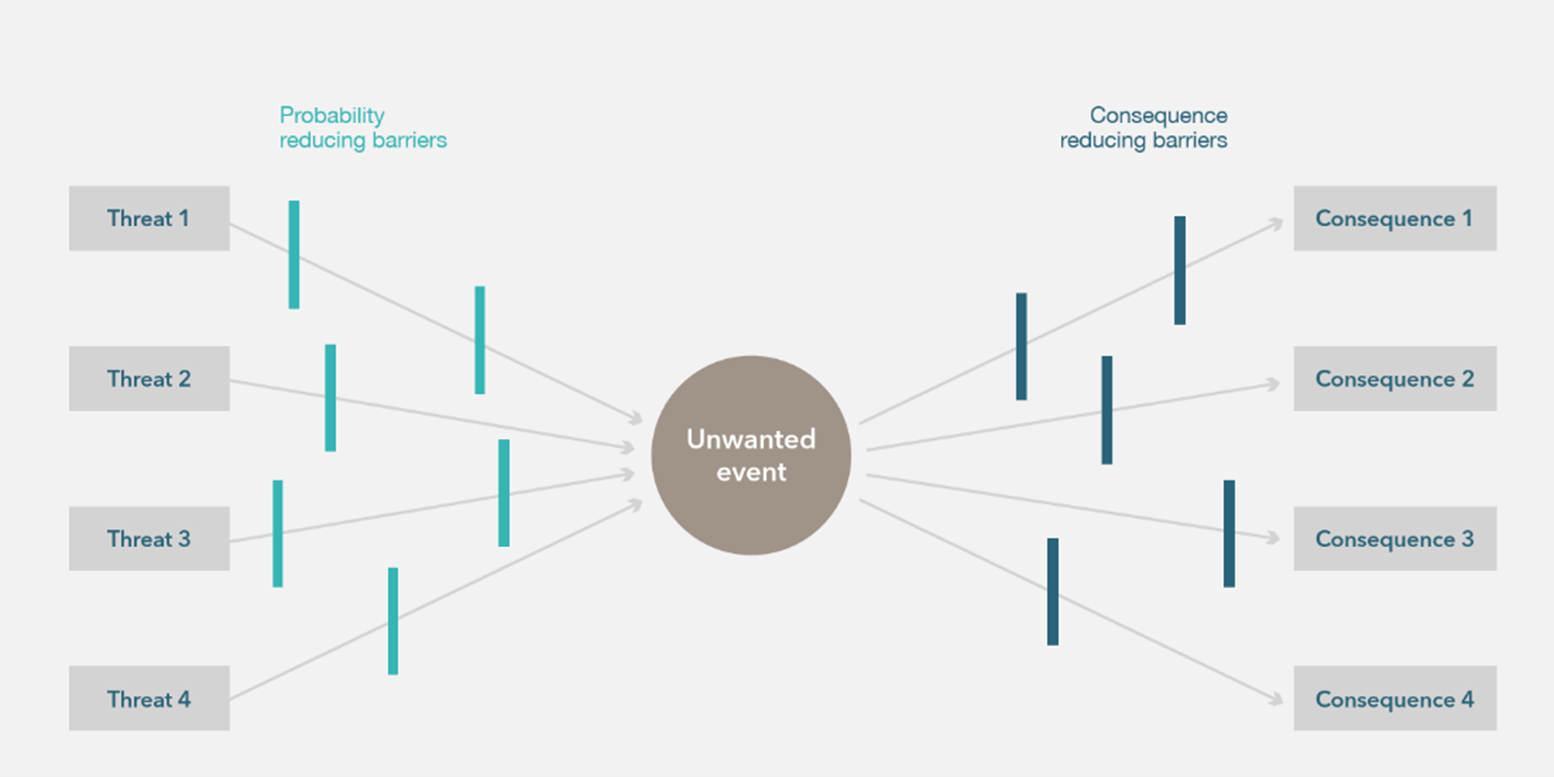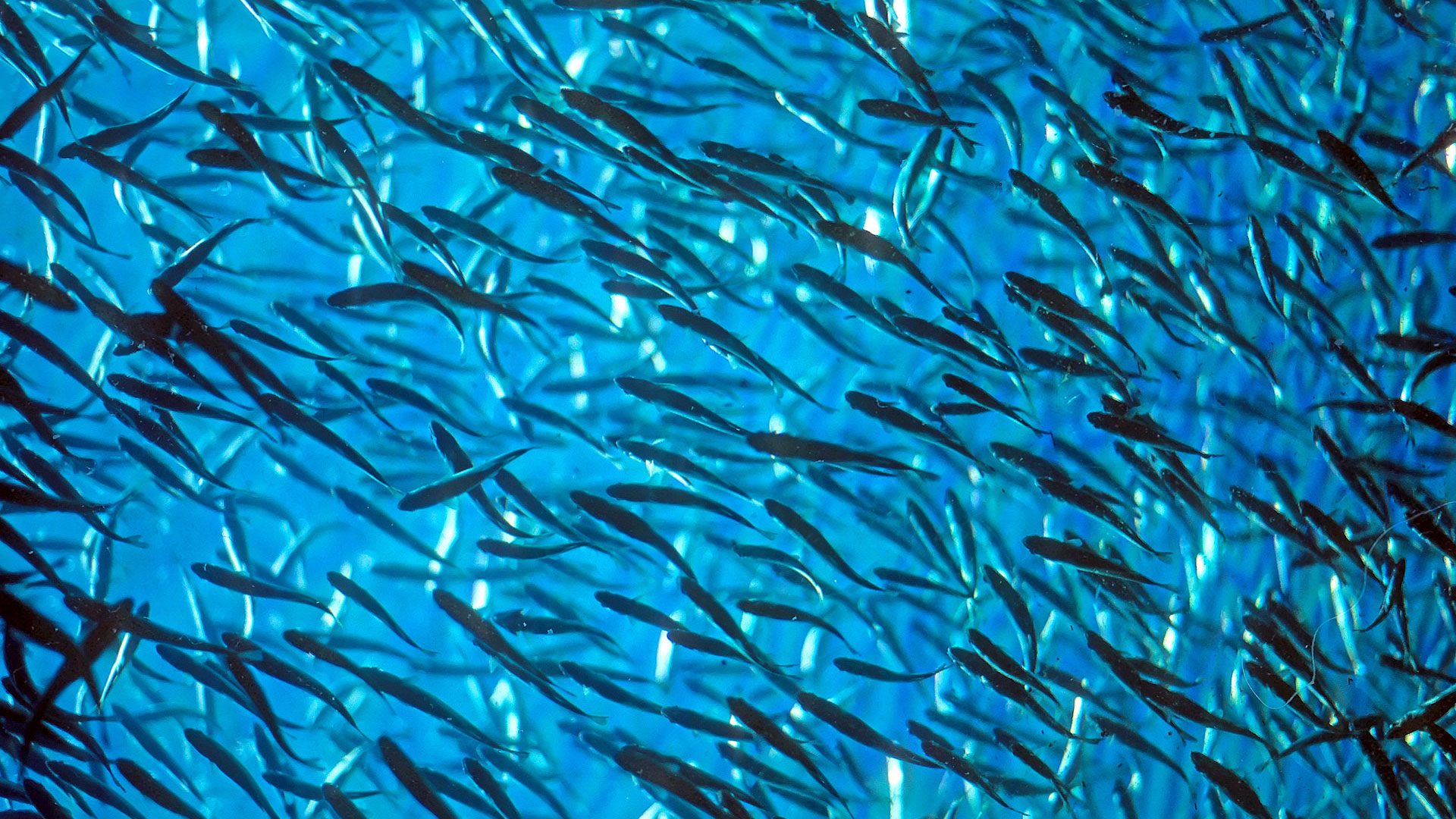“We’ll be utilising the world’s most reliable technology,” says CEO Hans Ramsvik at Salfjord, which recently received its licence from the Møre og Romsdal county council.
Choosing the hybrid flowthrough water technology was done after a thorough assessment process where the hybrid system excelled with regards to biological performance, fish welfare and technical design. Operational experience with this technology was also important as it also is well-known from decades of use in various smolt producing facilities throughout Norway.
The hybrid flowthrough solution has been developed by Artec Aqua, the main technology partner for the new farm. One of the main reasons for selecting this company was its solid expertise and experience.
“Artec Aqua have a track record that few others can claim,” explains Ramsvik.
Artec Aqua has previously supplied its technology to Salmon Evolution’s land-based fish farm further along the coast, where the first smolt were released in March 2022. This experience of both project design and operation provides significant advantages for Salfjord, which is already well underway with planning the Tjeldbergodden facility.
Prioritising biosecurity
As with other land-based aquaculture players, biology and fish welfare were important factors in Salford’s decision to apply for an onshore licence. Moving fish from the sea ensures control over far more parameters, including disease and sea lice. Control of these parameters is achieved through water treatment and by keeping the fish in separate biological zones, which reduces the risk of disease affecting the entire population.
Ramsvik emphasises that risk is always present, but that Salfjord has conducted thorough risk assessments in planning the farm.
“Our biosecurity plan has assessed all known biological risks to ensure that we’re prepared,” he says. “Biological safety is absolutely the most important thing we’ll be taking care of, and it’s been a top priority from the start.”
Disinfecting seawater as a disease barrier
Treatment of intake water is one of the factors which have a big impact on biosecurity. When water enters the facility, there is always a risk of it carrying bacteria and other pathogens. Salfjord has therefore safeguarded itself with a comprehensive water purification system which includes both filtration and ultra-violet (UV) radiation.
“We’ve chosen to incorporate powerful UV radiation for treating intake water to the facility,” explains Ramsvik. “This allows us to prevent harm from viruses, bacteria and amoebae, which have proved difficult to eliminate with filtration and purification alone.”
Amoebae are small single-celled organisms commonly found in both fresh and salt water. Some cause disease directly, while others act as carriers of parasites and illnesses. Strong UV radiation can prevent them from spreading disease.
Where the AGD amoeba is concerned, UV treatment has a preventive effect even at a dosage of 48 mJ/cm2. Research also indicates that a dosage of 7.5 mJ/cm2 inactivates 99.9 per cent of the infectious salmon anaemia (ISA) virus, which poses perhaps the greatest disease risk in Norway’s aquaculture industry today.
Salfjord plans to treat intake water at its farm with 225 mJ/cm2, which is nine times stronger than the dosage recommended by the Norwegian Veterinary Institute for disinfecting water in aquaculture.
“UV radiation at this strength provides a very robust barrier to infections entering the facility,” explains Ramsvik.
Comprehensive biosecurity plan
UV treatment of intake water is part of an extensive biosecurity plan for the farm, which also formed the basis for approval by the Norwegian Food Safety Authority earlier this year.
It aims to manage risk by establishing barriers against internal biological transmission, following a bow-tie model. This approach ensures effective risk control through both preventive and reactive measures to avoid undesirable events.
“Risk management based on the bow-tie methodology provides us with an efficient tool for identifying, communicating and handling risk throughout the design, implementation and operational phases of the farm,” says Ramsvik.

The principles of using preventive and reactive barriers to reduce the probability and mitigate the consequences respectively of undesirable events. Salfjord applies the bow-tie methodology and designs barriers to prevent the entry and spread of biological infections in the farm. Source: DNV.
Salfjord has designed both preventive and reactive barriers. Purification and UV treatment of intake water serve as examples of prevention, while the division of the facility into different biological zones provides a reactive barrier to prevent the spread of infection between the fish tanks in the event of an outbreak.
Ramsvik also reports that continuous monitoring of water quality and fish welfare will utilise the Fishwell 2 indicators, which are considered by many to represent best-practice criteria for the industry.
“Welfare indicators for fish are defined here at both group and individual levels, along with environmental indicators such as temperature, oxygen levels, carbon dioxide, ammonia and water clarity – also known as turbidity,” Ramsvik finishes.

